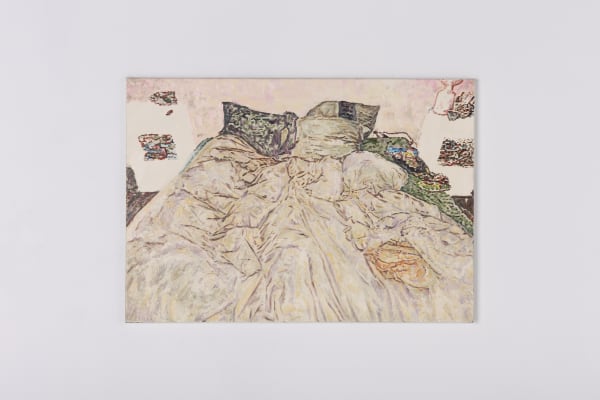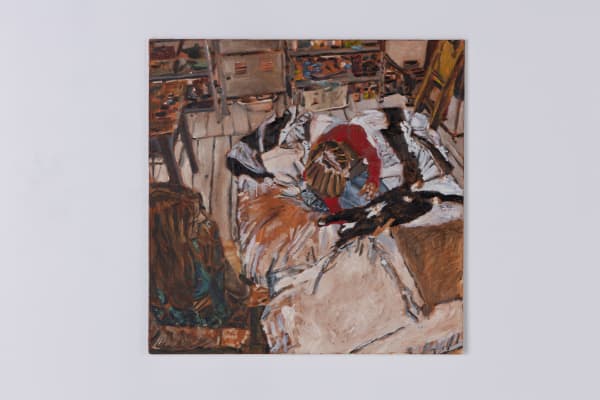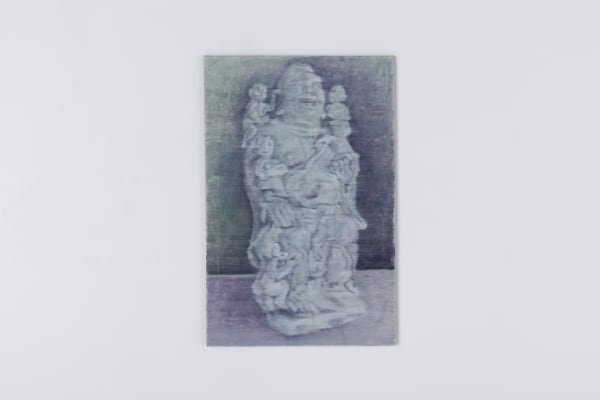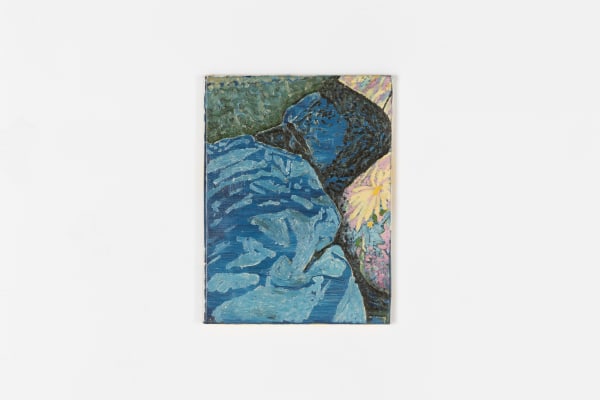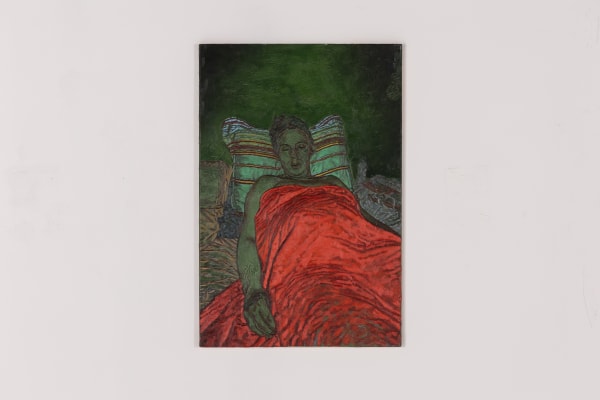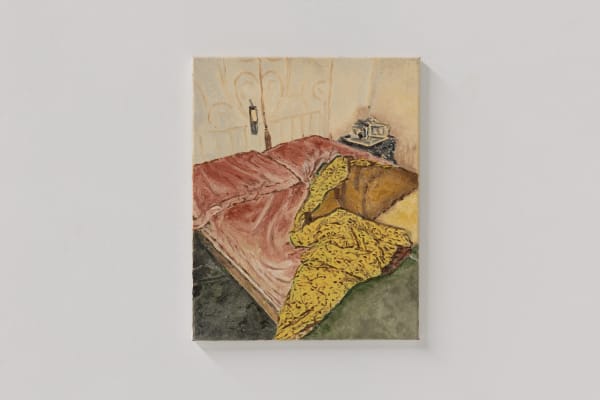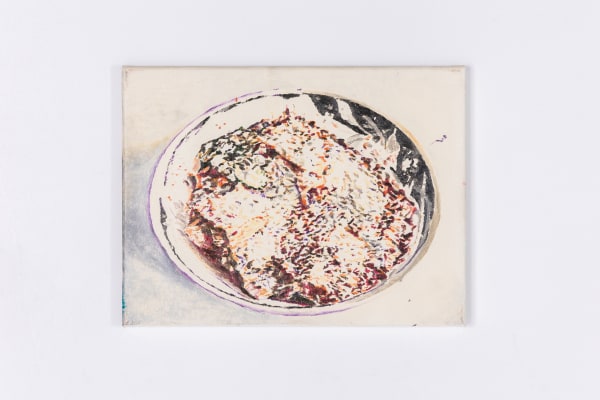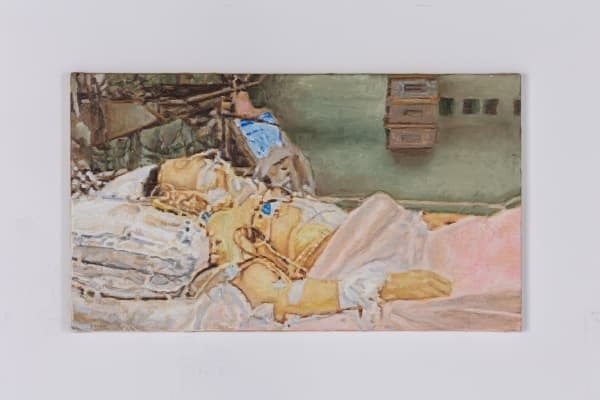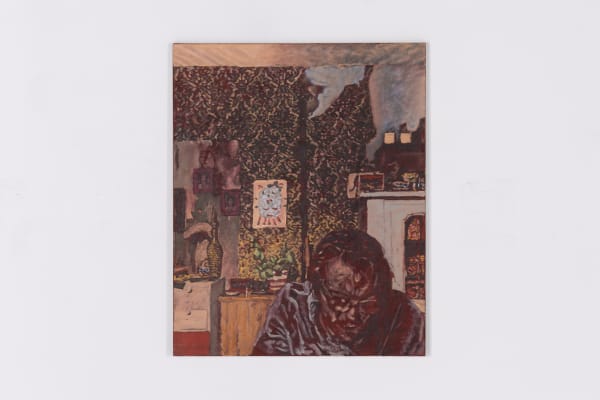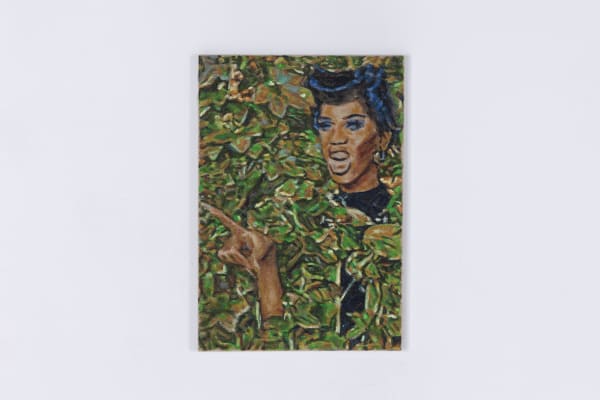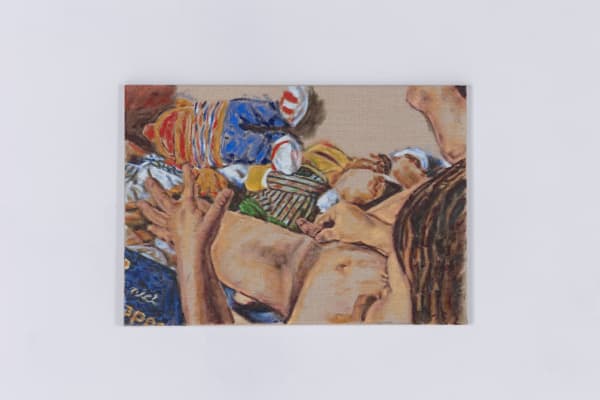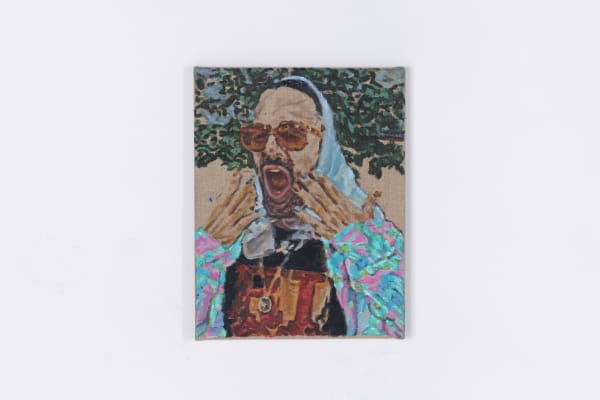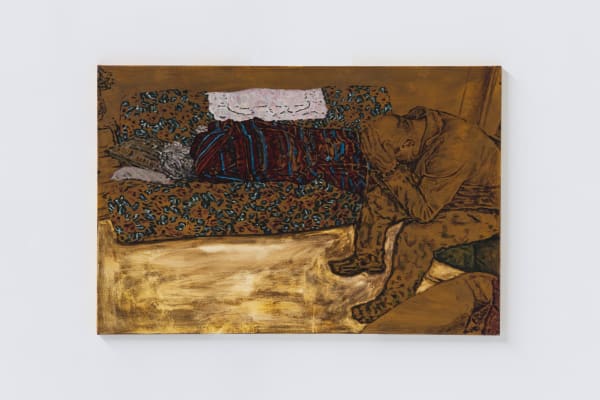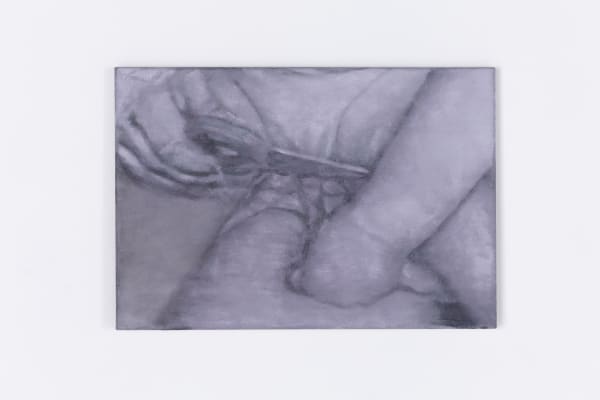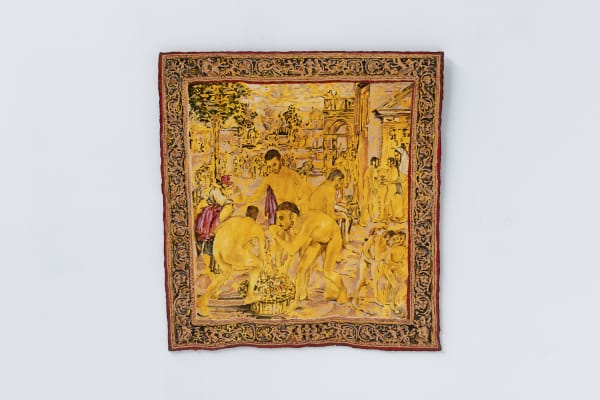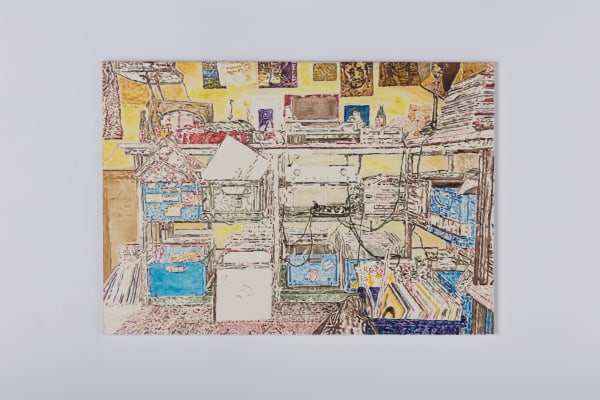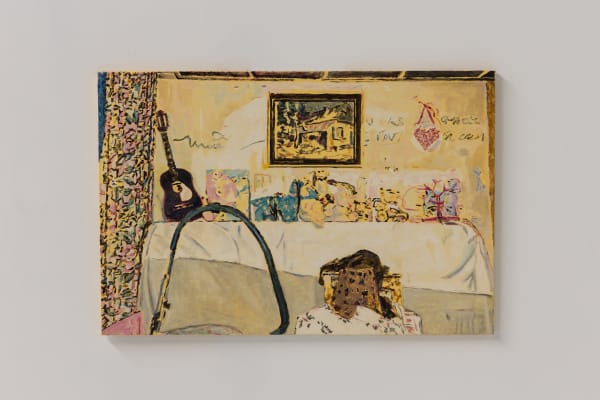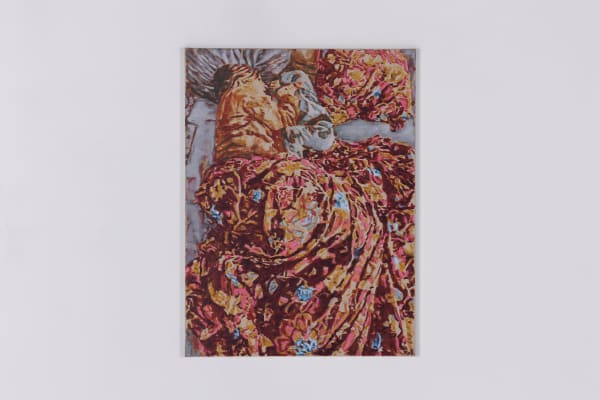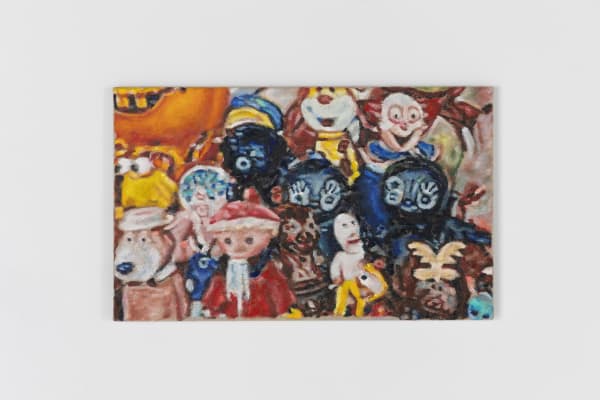Let The Time Come That Hearts Fall In Love (Laat De Tijd Komen Dat Harten Verliefd Worden): Solo Exhibition by Erik Chiafele
When we know that someone is looking at us, we behave accordingly. We strike a pose; our body is trying to compose itself in a certain way. Most portraits show us just that: a posing body. But what posture do we have when we are not being watched by others? And who are we when we are not aware of ourselves, or of our presence in a space? These questions form an important starting point for the painterly work of Erik Chiafele (Hasselt, 1980) and are a common thread in his solo exhibition in Everyday Gallery, Let The Time Come That Hearts Fall In Love.
The show's title is based on a few lines from a poem by the French poet Arthur Rimbaud. In Chanson de la plus haute tour, Rimbaud sings about the loss of youth, but also the lack of life that comes from thoughtlessness. In his work Chiafele tries to capture this thoughtlessness in the many forms in which it expresses itself, hoping that the heart will fall in love again. His portraits depict sleeping people, deeply wrapped in sheets or in a sleeping bag, people in a coma or bedridden with a serious illness, sometimes even dead people and the mourners around them. Often these persons are introverted; not posing, but absorbed in life. More often it concerns the indirect manifestations of this situation: a lasagna left behind in a grandmother's freezer after her death, or a bed that has just been slept in but is now empty.
Chiafele takes his subjects from his own life. When the painter finds himself in a situation that affects him emotionally or visually, he takes as many pictures as possible without thinking too carefully about the framing or positioning of his subject. It is an impulsive tendency, a way of surviving in an intense situation. Later, in the tranquility of his studio and with an artistic attitude that allows him to meditate on what touched him so much, he uses the photos to make an emotional and visual reconstruction of the situation. The different photos slowly grow into a single composition. In that sense, Chiafele's paintings are at the same time extremely mediated and a direct and vivid representation of a lived-in atmosphere. The medium of photography can still be seen in the sometimes surprising framing and angles, the emphasis on a present absence can be found in the subjects of Chiafele's work.
Sometimes Chiafele is direct in his renderings; but more often the detour, the suggestions and the allusion - in short, the indirect - play a major role. By painting an empty bed that has just been slept in, the painter folds presence and absence together. In a sense we are therefore dealing with a double absence: in our sleep, we are in a certain sense absent for a while, but the bed that has just been left also bears witness to a certain absence.
Chiafele's wide range of subjects and themes plays with that fact. A chair has just been vacated, a depicted character sits with his back to us or has his hands in front of his face, the contours of two characters are clearly visible under two sleeping bags, but we cannot see any faces. The game of presence and absence is central to Chiafele.
The painter has a great eye for detail and an extremely accurate touch. An important aspect is his accurate and skillful rendering of textiles and fabrics. His fingerboard seems to be loose, sometimes smooth and in larger sketchy features, sometimes very refined and almost grainy. But behind that looseness lies a precise technique: the graininess of his fingerboard breaks the image open. The presence of a certain feeling is captured by it, but its evanescence is also emphasized at the same time. The key indicates that what is present always refers to the fact that it will go away, and disappear. The temporality of things is not bad, it is a fact of life. A fact that Chiafele wants to gain a better understanding of with his own painting.


